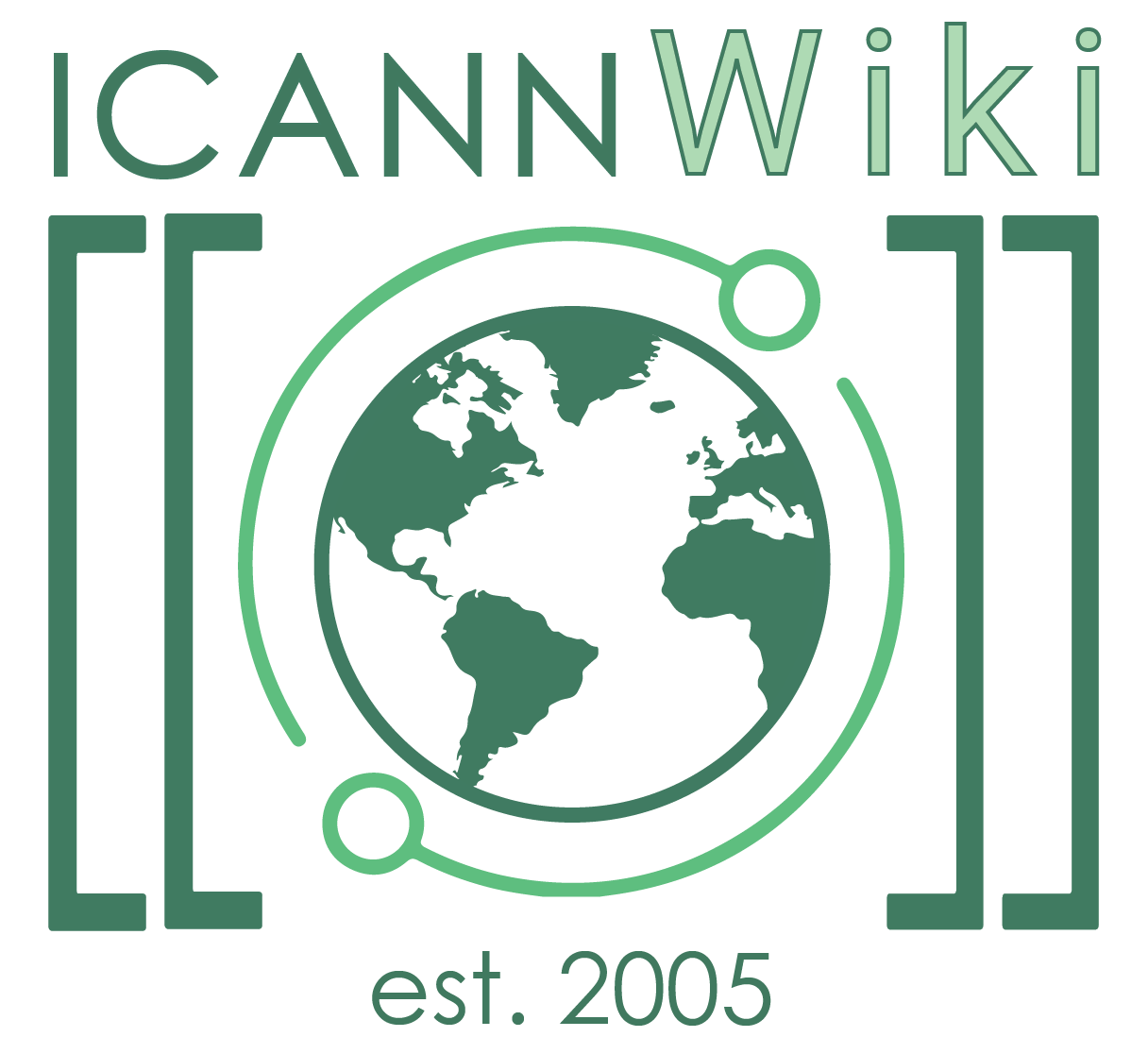Expired Domain Deletion Policy
| Norm | |
|---|---|
| Norm title | Expired Domain Deletion Policy |
| Type of norm | Policy |
| Issuing body | GNSO Council |
| Geographic scope | Global |
| Status | Active |
| Official text | https://www.icann.org/resources/pages/registars/accreditation/eddp-en |
| Related Norms | Expired Registration Recovery Policy (ERRP) |
| Parent legal framework | ICANN Registrar Accreditation Agreement (RAA) |
| Language | English |
ICANN's Expired Domain Deletion Policy (EDDP) outlines the circumstances under which a Registrar can or cannot delete a domain name registration that has not been renewed.
Overview[edit | edit source]
If a registrant has not renewed a registration by the conclusion of the registration period (including the second notice or reminder period), the registrar shall cancel the domain name registration by the end of the auto-renew grace period. However, the registrar can cancel the name earlier.[1]
Extenuating circumstances that may forestall the cancellation include a UDRP action, valid court order, the registrar's failure to complete the renewal process, the domain name provides DNS services to third-parties, which may result in additional time, bankruptcy proceedings, a payment or billing dispute, or litigation in a court of competent jurisdiction.
To renew a domain name without the explicit consent of the registrant, the registrar must maintain a record of the extenuating circumstances associated with renewing that specific domain name for inspection by ICANN.
In the absence of extenuating circumstances, a domain name must be deleted within 45 days of the termination of the registration agreement.
Registrars must provide notice to each new registrant describing the details of their deletion and auto-renewal policy and display it clearly on their domain name registration website, as well as any fees for recovering a domain name during the redemption grace period.
In the event that a domain is deleted or expires during a UDRP dispute, the complainant in the UDRP dispute can renew or restore the name under the same commercial terms as the registrant. The name will be placed in Registrar HOLD and Registrar LOCK status, the WHOIS contact information will be removed, and the WHOIS entry will indicate that the name is subject to dispute until the dispute is resolved.
Enforcement[edit | edit source]
Contractual Compliance enforces all requirements in the EDDP, the Expired Registration Recovery Policy (ERRP), which complemented the EDDP requirements, and the domain registration expirations provisions in the Registrar Accreditation Agreement (RAA). Enforcement actions result from complaints received from external users through the dedicated forms on ICANN Compliance's webpage, monitoring, and audits.[2]
History[edit | edit source]
On December 21, 2004, the EDDP went into effect, revising the previous domain registration expiration provisions (Section 3.7.5) of ICANN's Registrar Accreditation Agreement.[3]
Implications[edit | edit source]
Cases in which the EDDP, specifically, paragraph 3.7.5.7, has been invoked:
- Grundfos A/S v. Bridge Port Enterprises Limited (WIPO Case No. D2008-1263)[4]
- LEGO Juris A/S v. store24hour (WIPO Case No. D2013-0091)[5]
- VMWARE, Inc. v. Above.com Domain Privacy, Above.com / Domain Admin (WIPO Case No. D2015-1449)[6]
References[edit | edit source]
- ↑ EDDP, ICANN Resources
- ↑ [https://gnso.icann.org/sites/default/files/policy/2022/correspondence/hedlund-et-al-to-gnso-council-et-al-01nov22-en.pdf ICANN Contractual Compliance Enforcement of the ERRP & EDDP, Nov 2022, Correspondence, GNSO]
- ↑ EDDP, ICANN Archives
- ↑ 2008-1263, WIPO Decisions
- ↑ 2013-0091, WIPO Decisions
- ↑ 2015-1449, WIPO Decisions
ICANNWiki resources: Special Pages | Content Guide | Documentation | Development || Maintenance: Articles needing attention | Candidates for deletion || Projects: Internet & Digital Governance Library
